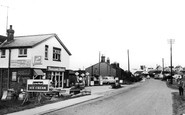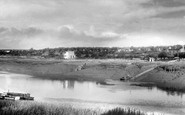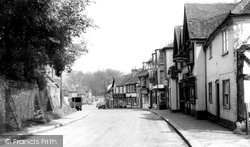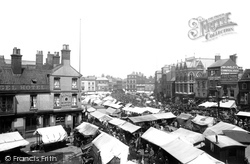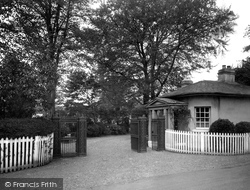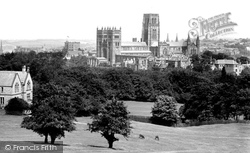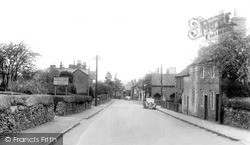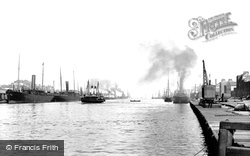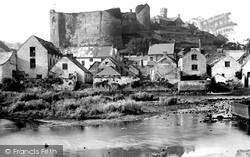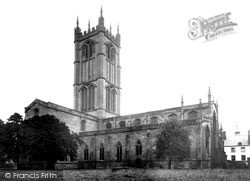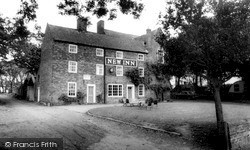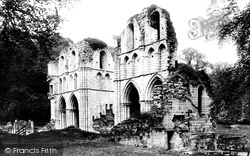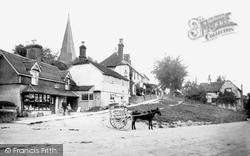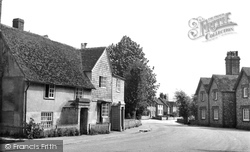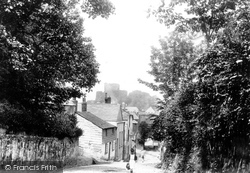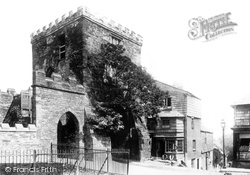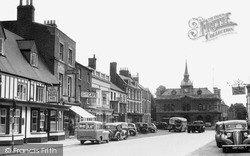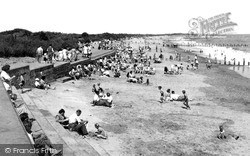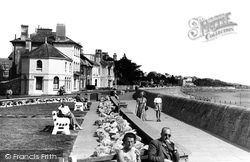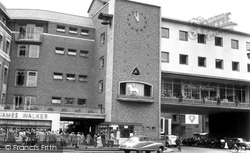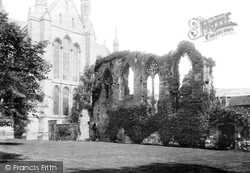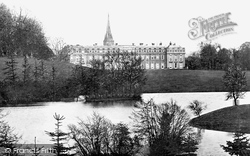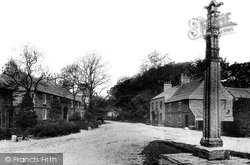Places
25 places found.
Those places high-lighted have photos. All locations may have maps, books and memories.
- East Wall, Republic of Ireland
- Pell Wall, Shropshire
- Wall, Northumberland
- Heddon-on-the-Wall, Northumberland
- Walls, Shetland Islands
- Wall, Cornwall
- Wall, Staffordshire
- East Wall, Shropshire
- Wall End, Kent
- Hobbs Wall, Avon
- Wall Bank, Shropshire
- Wall Nook, Durham
- Knowl Wall, Staffordshire
- Hazelton Walls, Fife
- Wall Mead, Avon
- Mid Walls, Shetland Islands
- Greetland Wall Nook, Yorkshire
- Aston le Walls, Northamptonshire
- Wall Heath, West Midlands
- Wall Hill, Greater Manchester
- Wall End, Cumbria (near Millom)
- Wall under Heywood, Shropshire
- Dale of Walls, Shetland Islands
- Bridge of Walls, Shetland Islands
- Hole-in-the Wall, Hereford & Worcester
Photos
516 photos found. Showing results 841 to 516.
Maps
172 maps found.
Books
Sorry, no books were found that related to your search.
Memories
1,989 memories found. Showing results 421 to 430.
Infant And Junior School In Earl Shilton Late 1960s To Mid 1970s
I lived on Cedar Road, my parents having bought a house (in which my mother still lives) on the new estate in 1964. I attended Wood Street Infant School from 1968 to 1971, Hill Top ...Read more
A memory of Earl Shilton in 1970 by
Woodford Green Primary School
I was born at St Margaret's hospital, Epping in 1967. I remember my first day at school and being terrified! I remember every teacher with fondness. The green surrounding the school was an extension to the ...Read more
A memory of Woodford Green in 1972 by
The House Called Beverley And The 1953 Spring Tide
My father built the square flat roofed house called Beverley on the sand dunes in the late 1920s next to the bungalow by the creek. It has since had two refurbishments, the first of which ...Read more
A memory of Anderby Creek in 1953 by
Growing Up In Marbury
I was born in Marbury in 1954. My name is Christine Campbell and I was one of 6 children born to Paul and Kathleen Campbell. My dad worked for ICI. We were allowed to swim in the local open air swimming pool for free. The pool ...Read more
A memory of Marbury in 1954 by
The Flood
Teresa Clarke's memory reminded me of the flooding of Jan. 1953. I was 9 years old and living in Gwynne Road with my folks. We were boarding at No 44, owned by Mr and Mrs. Carr. They played Crib and he polished the brass in the house ...Read more
A memory of Dovercourt in 1953 by
Pill Bicycle Shop
My maternal grandfather, Allan Henry Ball, had a bicycle shop in Pill prior to the Second World War. My mother had a photo of herself as a child outside the shop (in the 1920s). I believe that both my grandfather and his wife were born ...Read more
A memory of Pill in 1940 by
Bath Time
My memories of bath times goes back to when Mum would once a week fill the copper again, in the corner of the scullery. The copper was built of bricks if I remember, with a tin liner, below was an opening, where you would light a fire ...Read more
A memory of West Ham in 1949 by
A Year Away From The Colonies
I lived in Ilford in 1963. My father had won a scholarship to study chest disease in London, so he and Mom packed us up and carted us off to England. Ilford offered the cheapest acceptable lodgings close to London for a ...Read more
A memory of Ilford in 1963 by
Post War Brownsover
From the late 1940's to 1969 I remember this area as part housing, part prefabricated homes because of the war. Many old features were still around like barges carrying coal on the Oxford canal, the old disused mill, the huge ...Read more
A memory of Brownsover by
Rectory Cottage
To be honest the year is a little vague to me now, but it would have been around the mid-fifties that I have my first memories of Rectory Cottage. I was brought up in England, but my father John Elwyn was born there and my ...Read more
A memory of Llangattock in 1956 by
Captions
1,668 captions found. Showing results 1,009 to 1,032.
The buttressed wall on the left belongs to the former rectory, a good brick house of about 1700 with seven bays of sash windows.
It acquired town walls in 1285, and in 1353 it wrested away Lincoln's wool staple. It was the wool trade that built the town, with its seething market and vast numbers of ships.
This building at the foot of Park Lane, with its stuccoed walls, pedimented porch, and ornamental iron gates, was built around 1820 as the lodge to Cheam Park House.
Bishop Hugh le Puiset had attempted to build a Lady Chapel at the east end of the cathedral, but construction was plagued with problems, including walls cracking.
Local dry stone walling, brick and Swithland slate are all here in abundance, as the road drops down from Maplewell Hall to the village centre.
From 1862 North Wall was the Dublin terminus for London & North Western Railway steamers from Holyhead.
The watch-tower in the roof of the new prison was built so the guards could observe all activity in the exercise yards.
He died in 1936, and his ashes are buried in the church wall just to the right of this tree.
The fruit tree climbing up the wall is still there, and so is what looks like a mounting block.
Michael Sherbrook, rector of Wickersley, wrote:'All things of price either spoiled, carted away, or defaced to the uttermost … nothing was spared but the oxhouses and swinecoates and other such houses
Michael Sherbrook, rector of Wickersley, wrote: 'All things of price either spoiled, carted away, or defaced to the uttermost.....nothing was spared but the oxhouses and swinecoates and other such houses
St Mary's church, built on a mound with access to the churchyard via a causeway, is shown in the photograph, and has Roman bricks in the walls.
On the right-hand side of the street stand flint-walled houses with brick dressings.
Race Hill was once the main road into Launceston from the south; it leads down to the South Gate, which is the last remnant of the old town walls.
Southgate is the only surviving gate of the three that used to give access to the old walled town.
Southgate is the only surviving gate of the three that used to give access to the old walled town.
At the far end of the market place stands the imposing Victorian Town Hall, while on the right of the picture is a sign for the historic 15th-century Talbot Hotel.
Here, looking towards Ingoldmells Point, are the sandy beach and the sand dunes, a view now radically changed by the more recent sea defences with a massive concave-fronted sea wall forming a promenade
The wall was designed to deflect the waves that so often come up the English Channel from the south-west on stormy days.
When the clock strikes the hour the doors slide open and Godiva rides once again, while Peeping Tom (a mythical figure) leers down at her from a niche in the wall above.
This is all that remains of the Guesten House, built in 1320 for visitors to the monastery.
The west side, with its balanced Renaissance design, overlooks the lake, which with its meandering curves and seemingly natural islands forms part of the adjoining walled park, landscaped by Capability
When the clock strikes the hour the doors slide open and Godiva rides once again, while Peeping Tom (a mythical figure) leers down at her from a niche in the wall above.
It was originally the home of the Brigantes, but it was then taken over by the Roman Ninth legion; there are still remains of sandstone walls, a quarry, pavements, mosaic flooring and a stadium.
Places (25)
Photos (516)
Memories (1989)
Books (0)
Maps (172)



